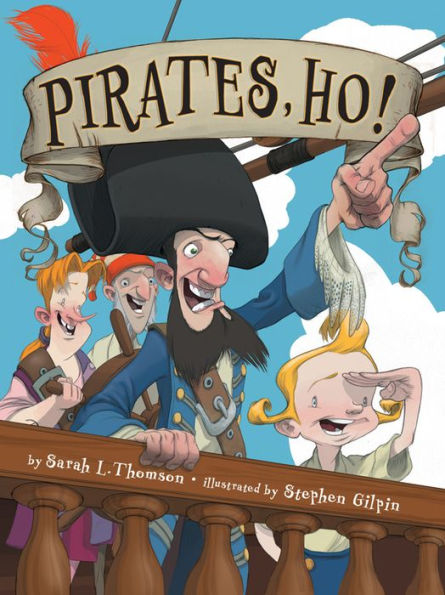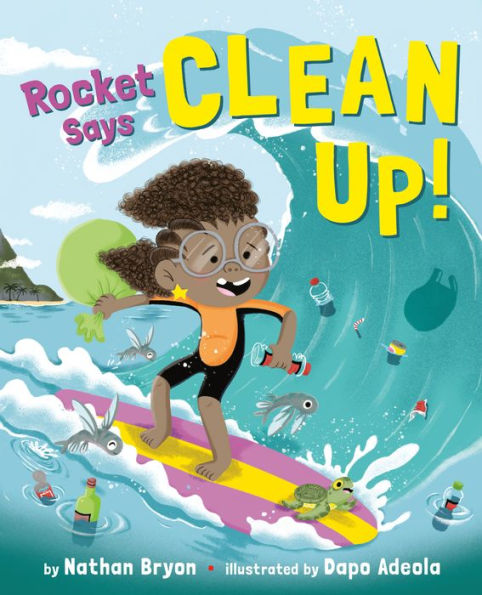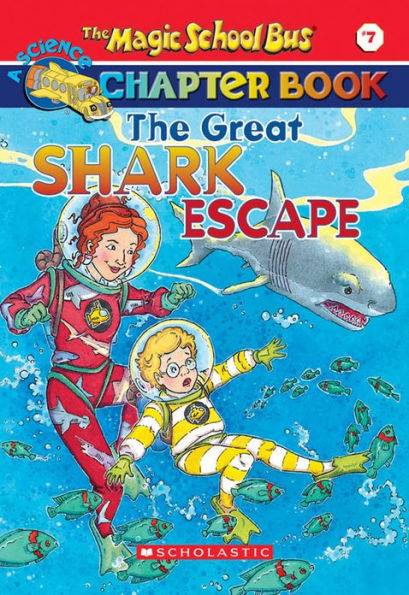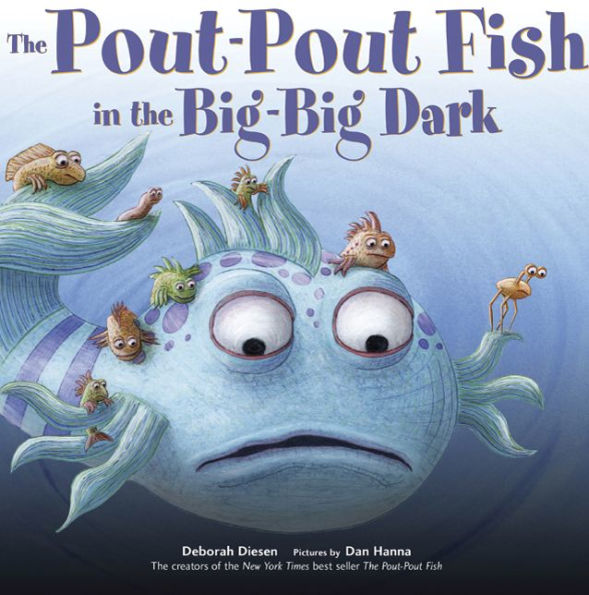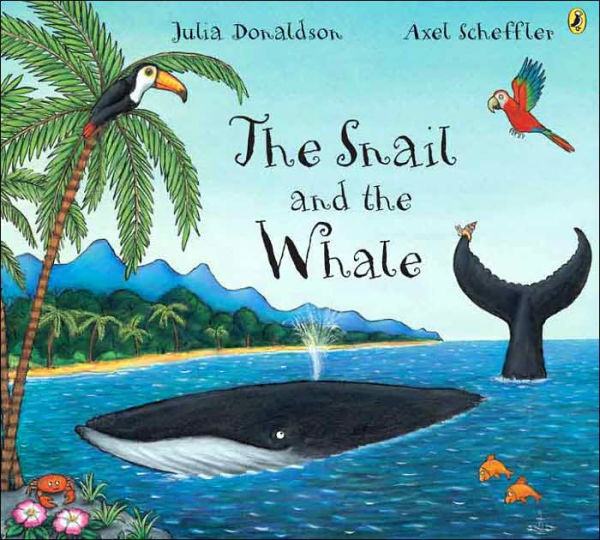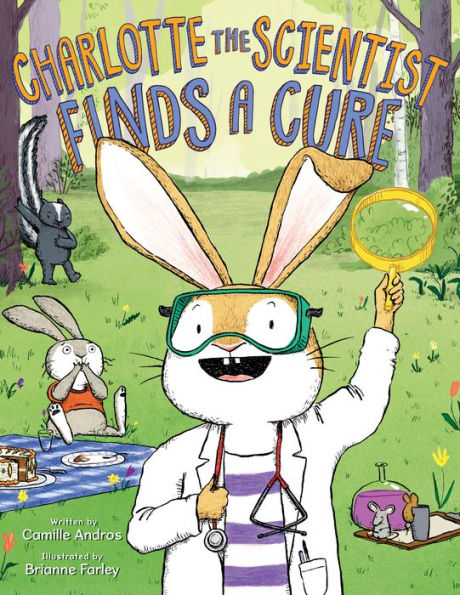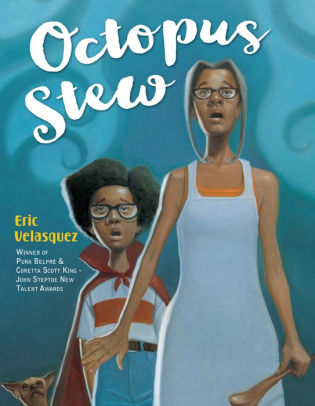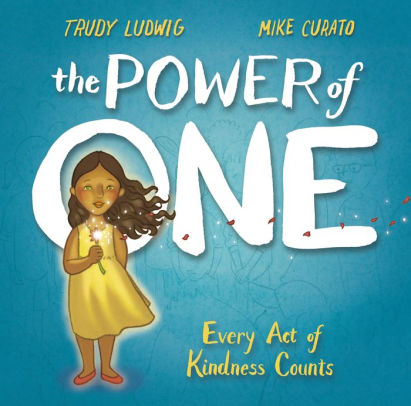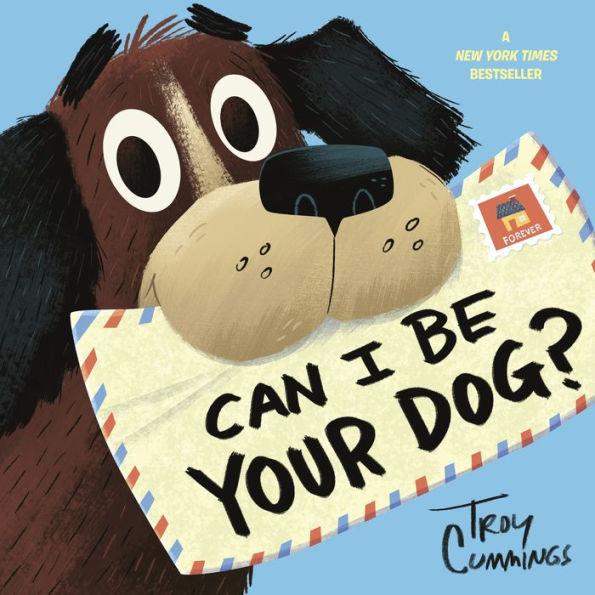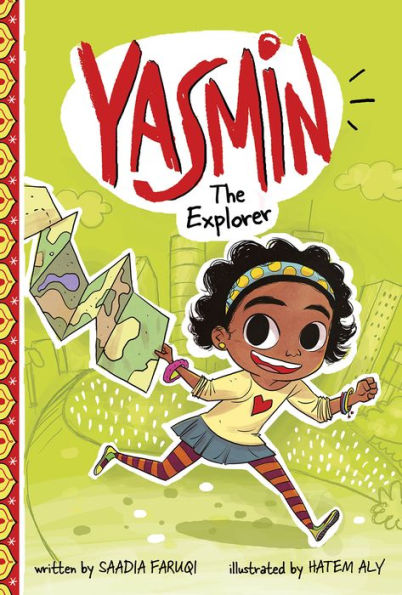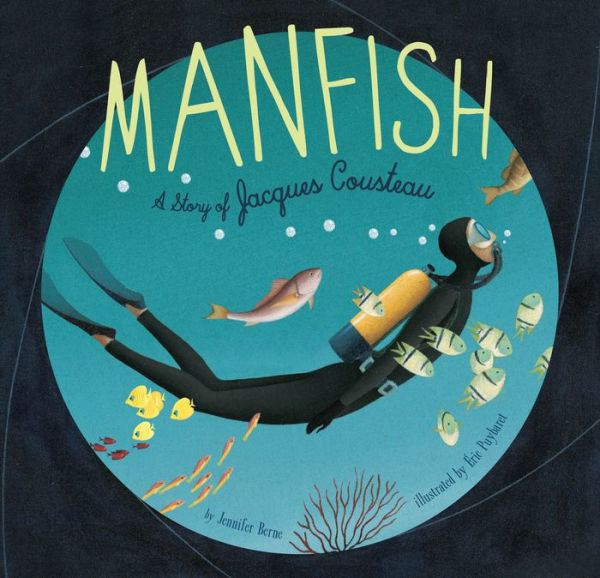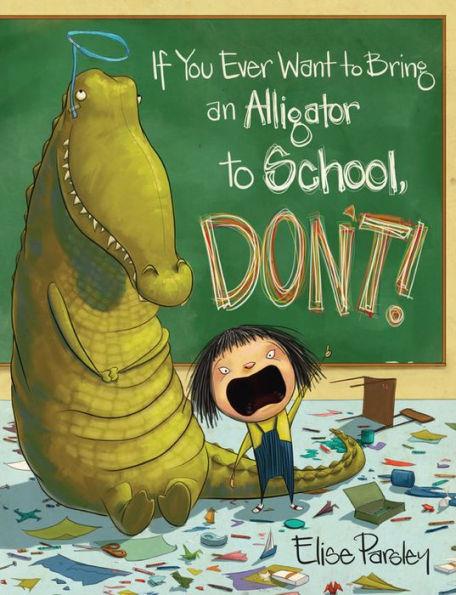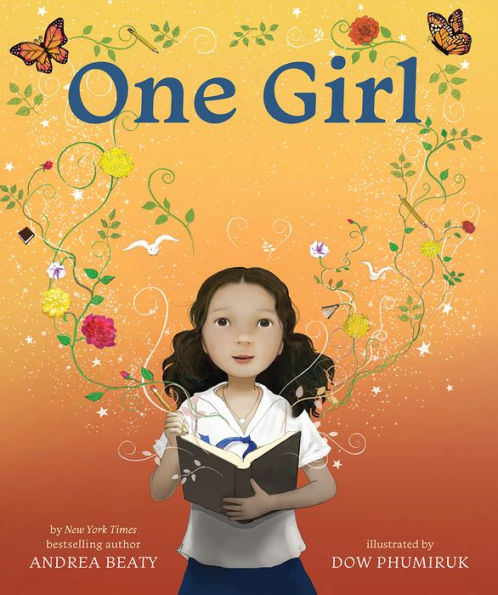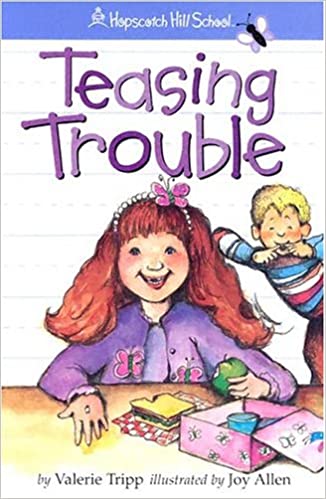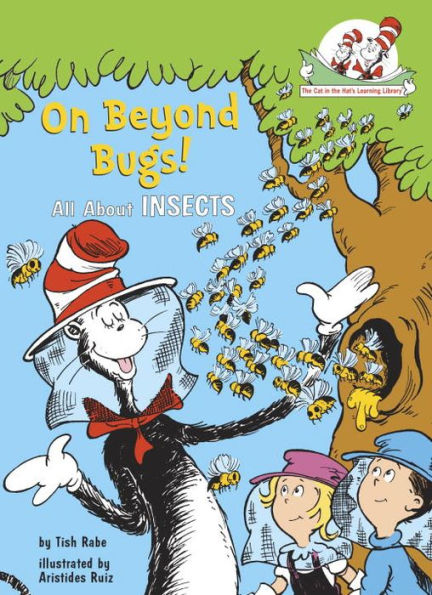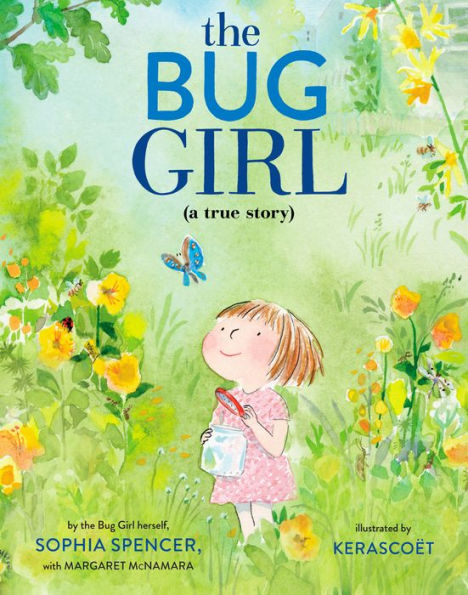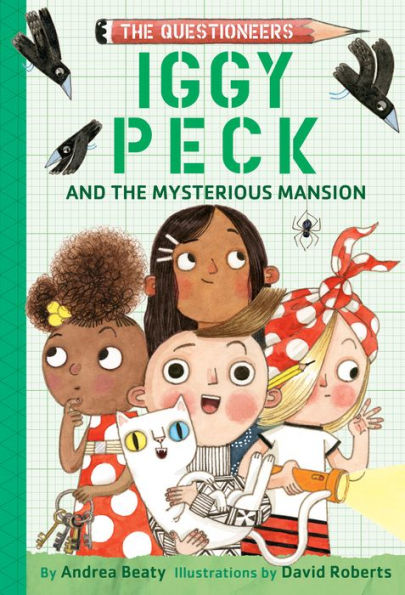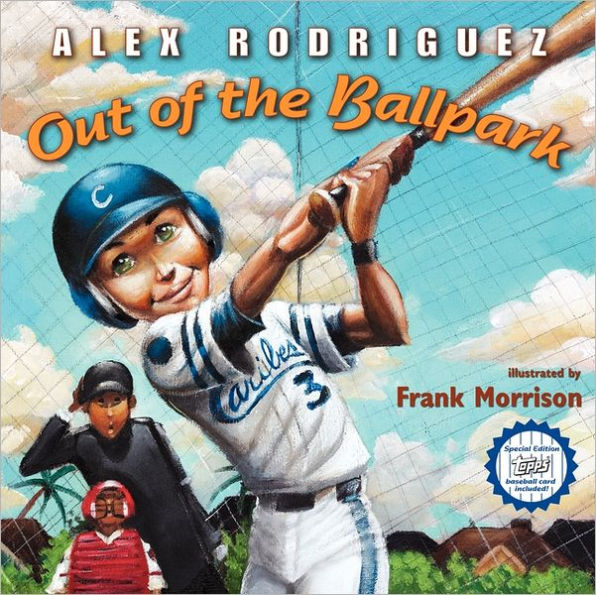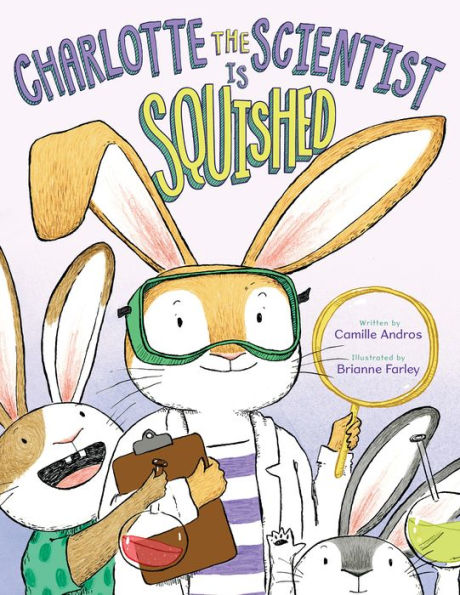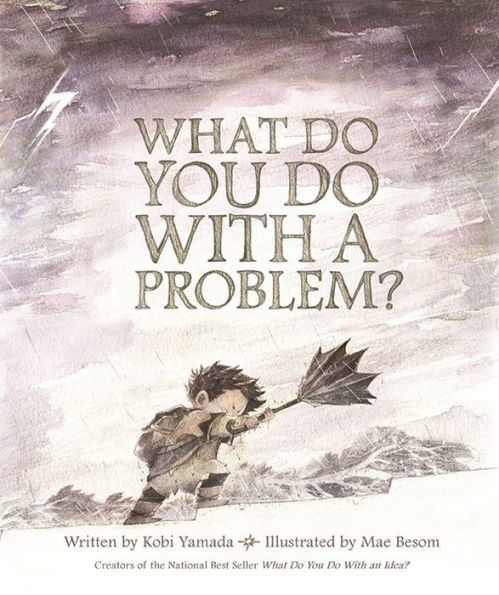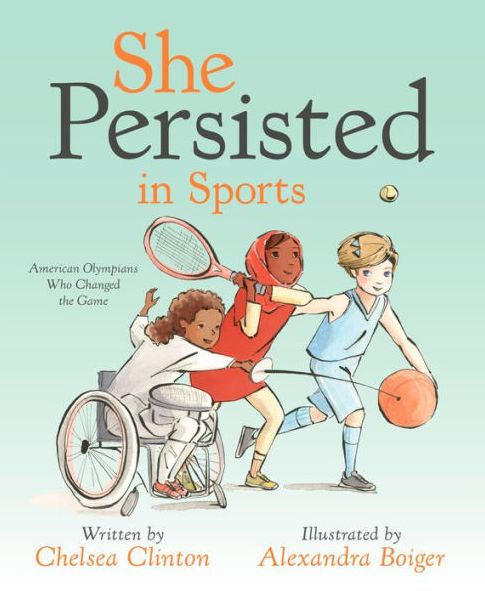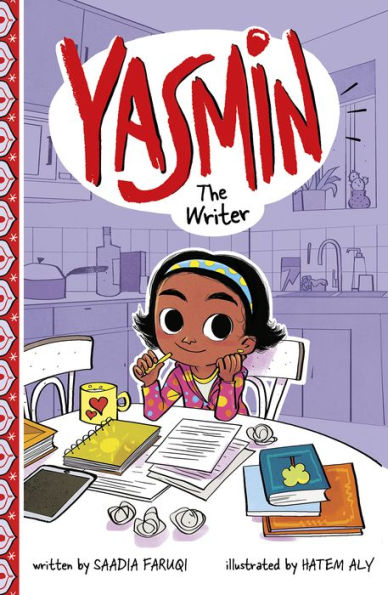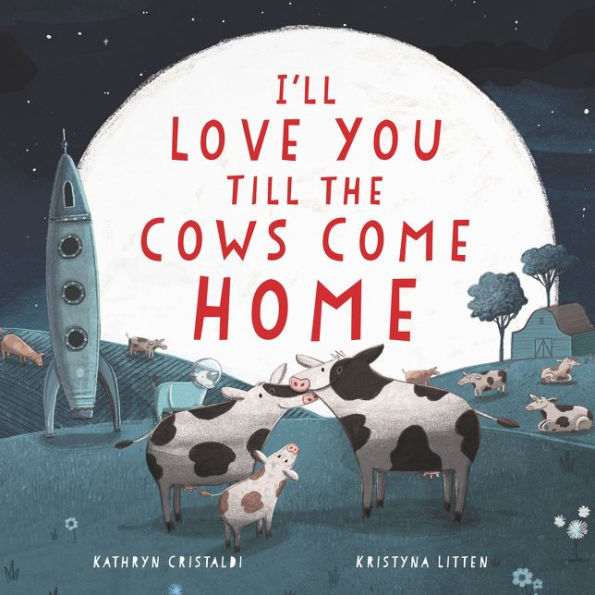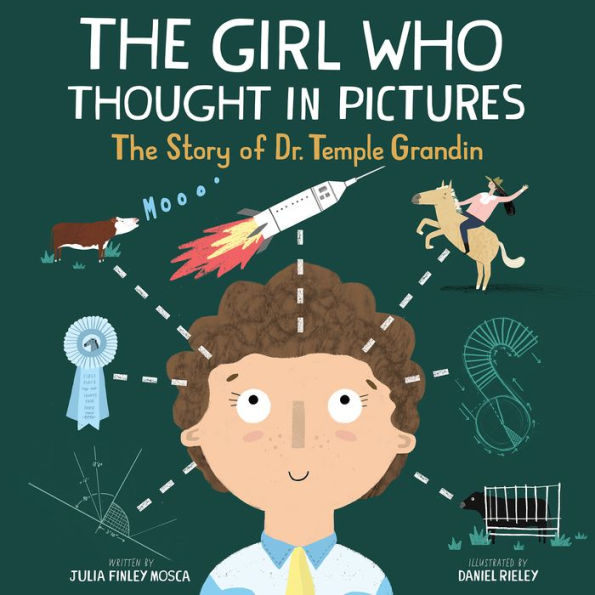Swashbuckling pirates sail the seas, braving storms, battles—and other pirates! From the first mate down to the cabin boy, they are rascals through and through.
But at night, by the light of the moon, they tell each other ghost stories. . . and guess who ends up being scared?
Pirates, HO! is a fun story that shows stereotypical pirates who want to find gold. “There’s Peg-Leg Tom and Angus Black, Dreadful Nell, and One-Eyed Jack. A thieving, lying, rascally crew, the worst you’ve heard of us is true. . .” In addition, one of the pirates has a tattoo of a ship on his chest. Even though the pirates themselves are not unique, the end of the book contains a humorous surprise. Although the pirates are brave, ghost stories make them afraid. Young readers will relate to the pirates who are afraid of the dark and they will giggle when the pirates hide in their beds.
The picture book’s illustrations use bold colors and cartoonish pirates that have lots of fun details such as a scared pelican listening to the pirate’s ghost story. Some of the illustrations use humor. For example, when the pirates are chasing another boat, two people ski behind the ship. Each page has 1 to 3 sentences. The text uses rhyming and pirate words that will capture readers’ attention and make Pirates, HO! an excellent book to read aloud.
Parents looking for a fun book that young readers will want to read repeatedly should add Pirates, HO! to their reading collection! Even though the story is full of scowling pirates, kids will fall in love with the motley crew. But be ready for readers to begin talking like a pirate. The pirates say, “We shout, ‘Avast!’ We cry, ‘Ahoy!'” If you’re looking for more pirate action, you may also want to read All Paws on Deck by Jessica Young.
Sexual Content
- None
Violence
- The pirates tie a man up with rope. The man is walking the plank. “Our swords are steel and our hearts are stone as we send our foes to Davy Jones. We are pirates, pirates, ho!”
Drugs and Alcohol
- None
Language
- None
Supernatural
- The pirates tell ghost stories. “Now hear of a captain who sold his soul for the glitter of jewels and the gleam of gold.”
Spiritual Content
- None
